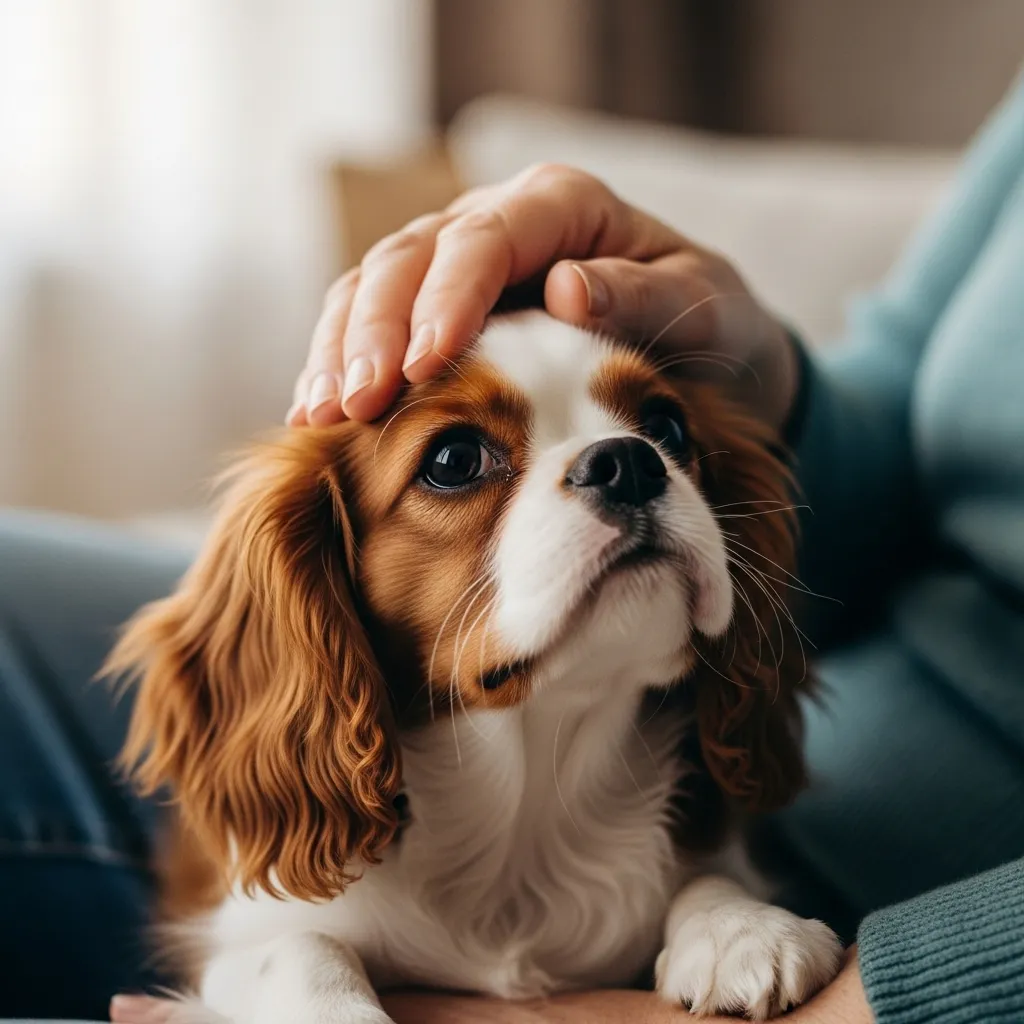
Before You Choose: What Makes a Good Dog for an Older Person?
Before falling in love with a furry face, it’s wise to create a realistic picture of your ideal companion. Thinking through these key areas will help you narrow your search and ensure a successful, happy life together for years to come. An honest self-assessment is the most important first step in finding the right dog for you.
Energy Level and Exercise
When people hear “energy level,” they often think of long, strenuous hikes. But a dog’s energy needs are more complex. While some breeds do require significant physical exercise, many are content with shorter, more leisurely walks. A 20-minute stroll around the block twice a day is perfect for many of the calm dog breeds for seniors.
Just as important is mental exercise, often called enrichment. Enrichment refers to activities that allow a dog to engage in their natural behaviors, like sniffing, chewing, and problem-solving. This can be as simple as a food-dispensing toy that makes them work for their kibble or a “sniffari” walk where you let them lead the way and explore all the fascinating smells. For seniors who may have mobility limitations, enrichment is a fantastic way to tire out a dog without a marathon walk.
Size and Strength
Size is a major practical consideration. A smaller dog is generally easier to manage physically—easier to lift into a car, easier to bathe in a tub, and less likely to accidentally knock someone over. A strong pull on the leash from a large, excited dog can be a significant fall risk. However, some small dogs have huge personalities and high energy, while some larger breeds are famously gentle and calm.
Regardless of size, leash training is non-negotiable for safety. Teaching a dog to walk politely on a loose leash is one of the most important skills you can work on together. This is best taught using positive reinforcement, which means rewarding the behavior you want (walking by your side) with something the dog loves, like a tasty treat or praise.
Grooming and Maintenance
A dog’s coat can require anything from a quick weekly brush to daily grooming and expensive professional appointments every six to eight weeks. Be realistic about the time, physical ability, and budget you have for grooming. Long-haired breeds like Shih Tzus or Poodles need constant upkeep to prevent painful matting. Short-coated breeds like Greyhounds or Pugs are much simpler to maintain at home. Keep in mind that even low-shedding dogs need regular grooming.
Temperament and Trainability
The ideal companion dog for a senior is typically adaptable, affectionate, and relatively easy to train. Breeds known for their patience and gentle nature are often excellent choices. While independence can be a good trait, a dog that is overly stubborn might be frustrating for a first-time owner. Look for breeds described as “eager to please.”
It’s a common pitfall to assume a breed’s reputation guarantees a certain personality. Temperament is shaped by genetics, but also heavily by early socialization, training, and life experiences. The best way to know a dog’s personality is to spend time with them. This is a huge advantage of adopting an adult dog, as their personality is already formed.
Considering an Adult or Senior Dog
Puppies are undeniably adorable, but they are also a tremendous amount of work. They require constant supervision, house-training, and socialization. For many retirees, adopting an adult or even a senior dog can be a much better fit. Adult dogs are often already house-trained, have outgrown their destructive chewing phase, and have a settled personality. A senior dog might be the calmest of all, asking for little more than a soft bed, gentle walks, and a loving hand. Giving an older dog a comfortable home for their golden years is an incredibly rewarding experience.














